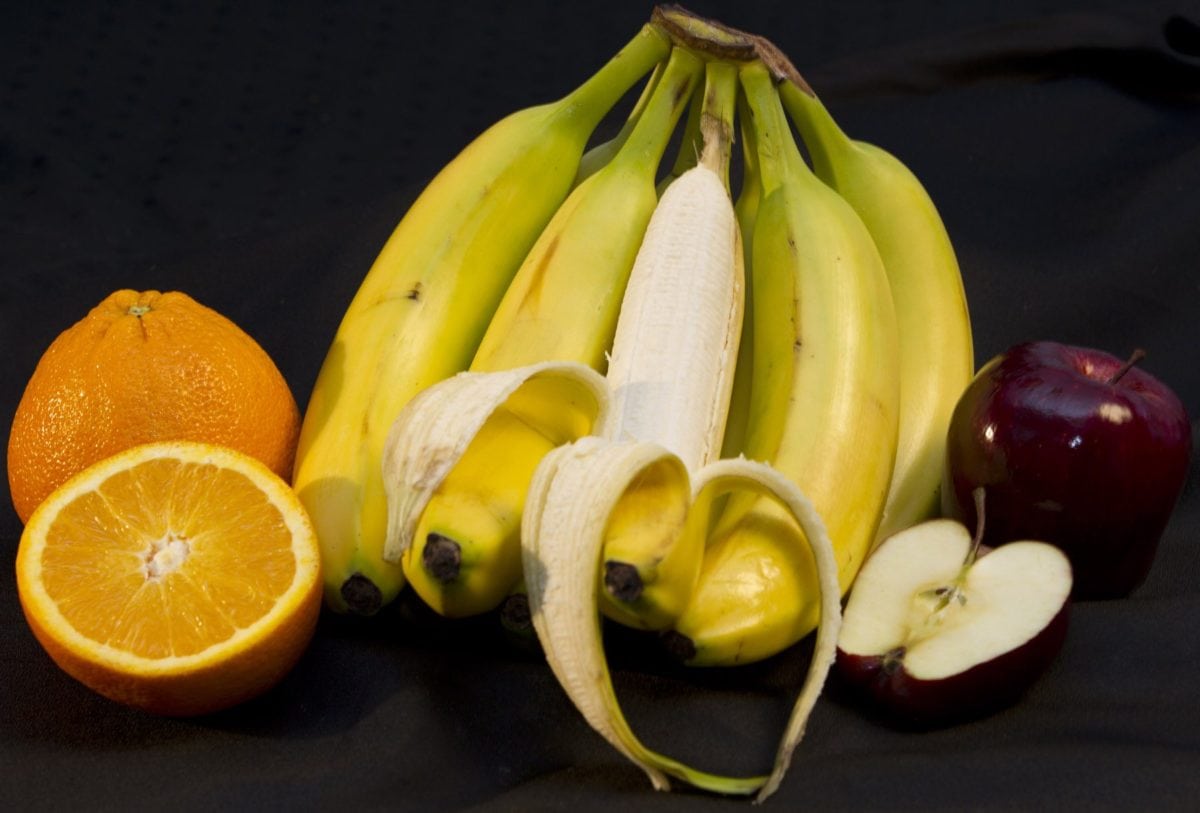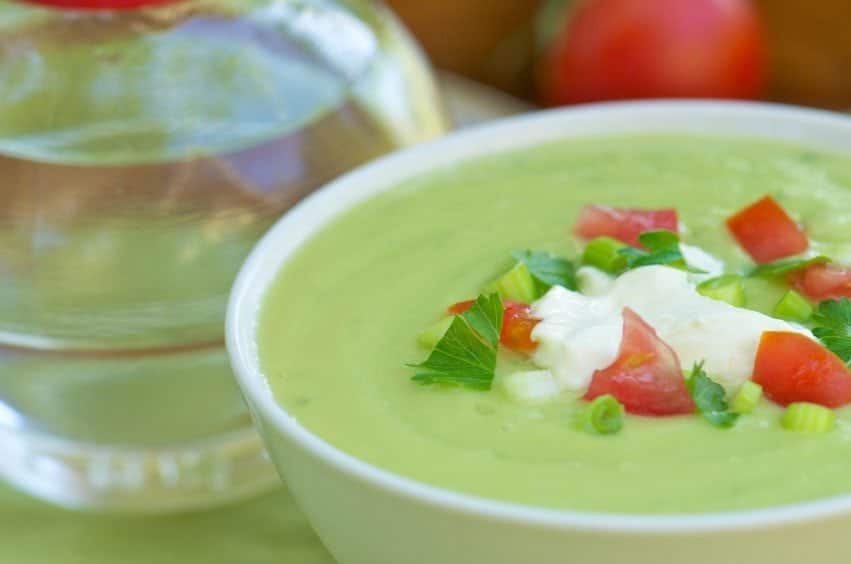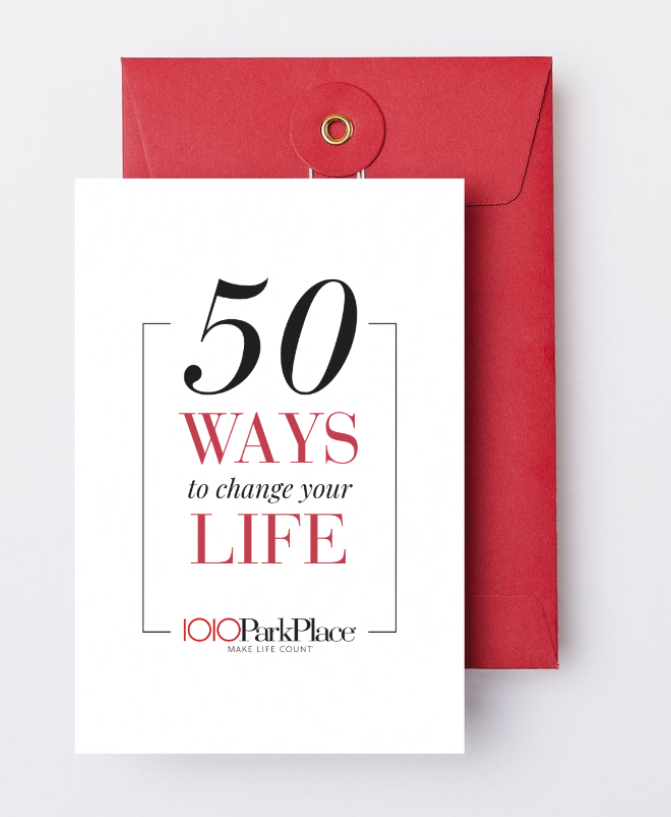According to research in the American Heart Association’s Journal, Stroke, postmenopausal women who eat foods higher in potassium are not only less likely to have a stroke, but to die from one as well. Potassium is an essential mineral, and a type of electrolyte, that helps lower risk of heart disease and maintain a healthier heart. It also regulates the fluid and electrolyte balance and helps with metabolism, brain and muscle function.
The Department of Epidemiology and Population Health at Albert Einstein College of Medicine, Bronx, NY, studied 90,137 postmenopausal women, ages 50 to 79, for an average of 11 years. Women in the study were stroke-free at the start, and their average dietary potassium intake was 2,611 mg/day from food, not supplements. Researchers found:
- Women who ate the most potassium were 12% less likely to suffer a stroke in general, and 15% less likely to suffer an ischemic stroke than the women who ate the least amount of potassium.
- Women who ate the most potassium were 10% less likely to die from their stroke than those who ate the least amount.
While the women in the Albert Einstein College of Medicine study had an average intake of 2,611mg/day, the Food and Drug Administration suggests 4,700 mg/day of potassium for healthy people. According to the Mayo Clinic, it’s rare not to get enough potassium from our diet as long as we eat healthy, balanced meals. FYI, junk food is not high in potassium.
If you take diuretics, laxatives, have chronic vomiting and diarrhea or eat less in order to keep your weight down, it’s important to have your potassium levels checked and repleted, if necessary. Some symptoms of low potassium include heart palpitation and rhythm problems, dryness of skin, muscle cramps, numbness and tingling, increase in urine output, fatigue, depression, dizziness, low blood pressure and hair loss. If you have any questions about whether you’re getting enough potassium in your diet, it’s best to check with your doctor.
Here are 10 potassium rich foods you might think about incorporating into your diet.
- Kale, Swiss Chard, Spinach and other leafy greens
- Oily Fish like Salmon and Halibut
- Sweet Potatoes or White Potatoes with the skin.
- White, Black and Lima Beans
- Winter Squash
- Tomatoes or Tomato Sauce
- Nuts
- Oranges and Orange Juice
- Bananas, Avocados and Watermelon
- Fat-free or low-fat Yogurt and other Dairy products







6 thoughts on “Postmenopausal Women and Potassium”
This is so true. Even though my potassium level shows as normal on my blood test, I’ve had cravings for bananas and eat plenty of almonds. It makes a difference.
Rebecca,
You’re very smart. My cravings are for peanut/almond butter, so I think I have a protein issue, in addition to potassium.
xoxox, Brenda
My Potassium levels are frequently low bwcause of the Blood Pressure meds I take. I hate Banana”s so glad to read these other things help! Thanks!
XX Jennifer
I went to the ER in truly an emergency situation. My potassium was dangerously low. They kept me all afternoon, hooked up to a big bag of potassium in an IV drip. One of my heart meds (condition caused by chemotherapy) causes my low potassium level: the domino effect. I deal with a daily balance. I didn’t want to include that in the blog, because I just wanted to present the facts.
XOXO,
Brenda
Thanks for this. I have been getting Charlie Horses waking me up and I self diagnosed to uptake my potassium since the weather has been hot and I drink coffee too. Seems to be working.
Thanks, Brenda, for the important info. Like Haralee, I get leg cramps in the night, so I get up and eat a banana or have a glass of almond milk and…voila! Gone!
Comments are closed.